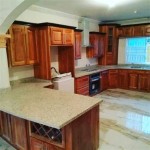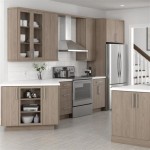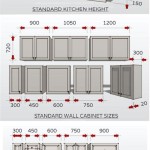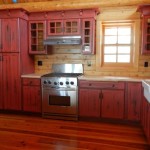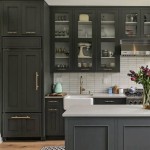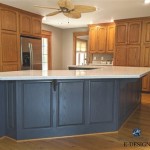Trim for Kitchen Cupboard Doors: Essential Aspects to Consider
Trim, also known as molding, plays a crucial role in enhancing the aesthetics and functionality of kitchen cupboard doors. It provides a finishing touch that complements the design of the cabinets and adds an extra layer of detail that can elevate the overall look of the kitchen. However, choosing the right trim for your kitchen cupboard doors requires careful consideration of various essential aspects.
1. Material: Trim is typically made from wood, MDF (medium-density fiberboard), or plastic. Each material offers unique advantages and disadvantages. Wood trim provides a classic and durable option, but it requires regular maintenance. MDF is a cost-effective alternative to wood, offering good strength and versatility. Plastic trim is moisture-resistant and easy to clean, making it a suitable choice for areas with high humidity or heavy use.
2. Style: Trim comes in a wide range of styles, from simple and elegant to ornate and decorative. The style you choose should complement the existing décor of your kitchen and the overall design of the cupboard doors. Consider the shape, size, and intricacy of the trim to ensure it blends seamlessly with the cabinets.
3. Profile: Trim profiles refer to the cross-sectional shape of the molding. There are numerous profiles available, including crown molding, baseboard molding, chair rail molding, and many others. The profile you select will influence the visual appeal and functionality of the trim. Crown molding, for example, adds a touch of elegance and grandeur, while baseboard molding helps protect the bottom of the cabinets from damage.
4. Finish: Trim can be finished in various ways, including painting, staining, or applying a veneer. The finish you choose should match the color and texture of the cupboard doors and the overall kitchen décor. Painted trim is a versatile option that allows for customization to complement any color scheme. Stained trim provides a natural and sophisticated look, highlighting the beauty of the wood grain. Veneered trim offers the appearance of a more expensive wood while maintaining affordability.
5. Installation: Trim installation requires precision and attention to detail. Proper installation ensures a secure fit and a flawless appearance. Consider hiring a professional carpenter or handyman if you are not confident in your DIY skills. Alternatively, pre-cut and pre-finished trim options are available, making installation easier.
In conclusion, selecting the right trim for kitchen cupboard doors involves careful consideration of material, style, profile, finish, and installation. By understanding these essential aspects, you can choose trim that enhances the beauty, functionality, and overall aesthetic of your kitchen cabinetry.

Adding Molding To Old Cabinets Diy Tutorial Cabinet Doors Kitchen

Add Moulding To Flat Cabinet Doors Home Kitchens Cabinets Diy Kitchen

10 Types Of Kitchen Cabinet Molding For Your Home

From Drab To Fab Adding Trim Cabinets

Home Dzine Kitchen Add Moulding And Trim To Cabinets

Adding Moldings To Your Kitchen Cabinets Remodelando La Casa

Easy And Inexpensive Cabinet Updates Adding Trim To Cabinets Drawers The Rozy Home
Easy And Inexpensive Cabinet Updates Adding Trim To Cabinets Drawers The Rozy Home

How To Add Trim And Paint Your Laminate Cabinets

Home Dzine Kitchen Add Moulding And Trim To Cabinets

